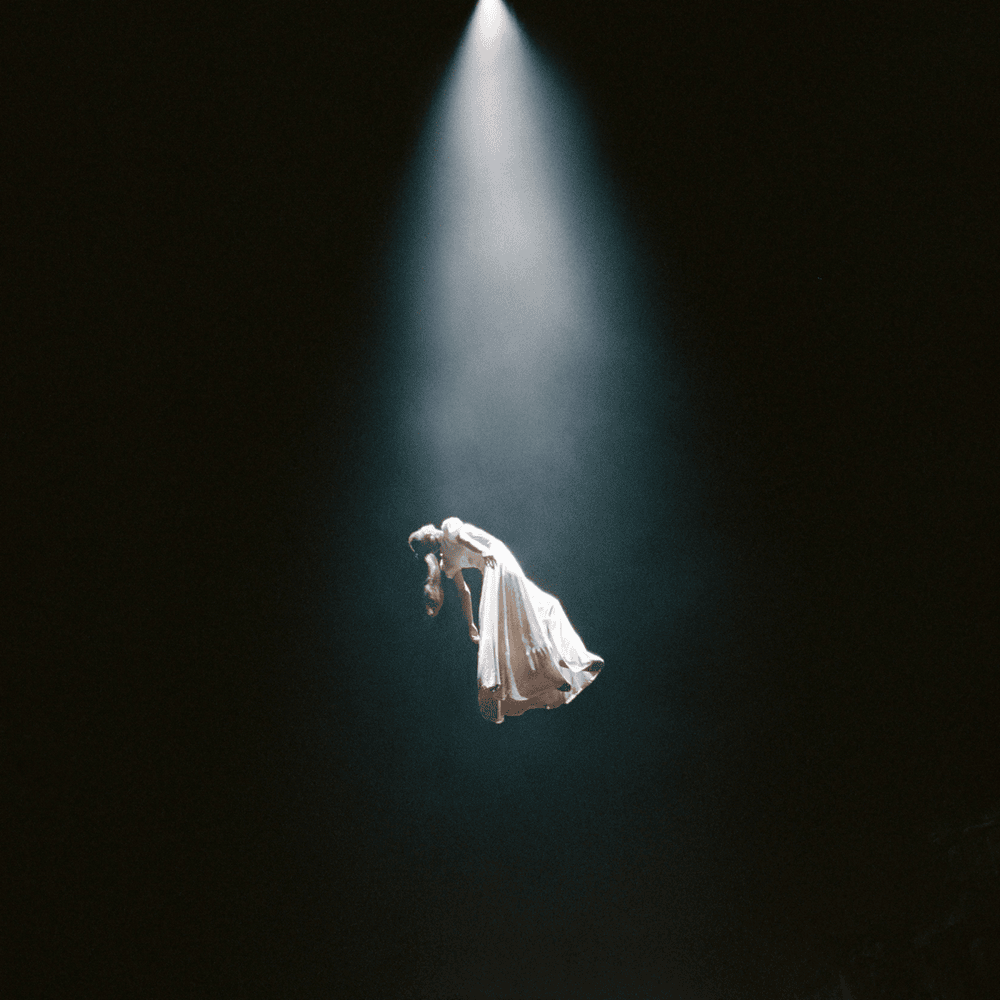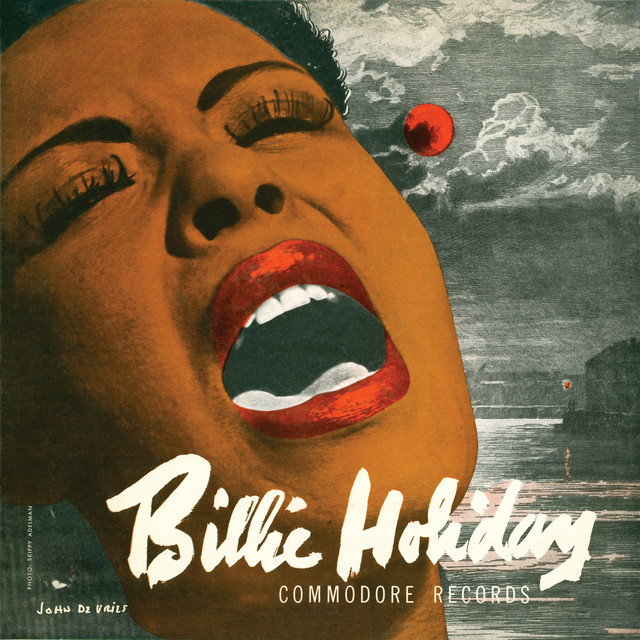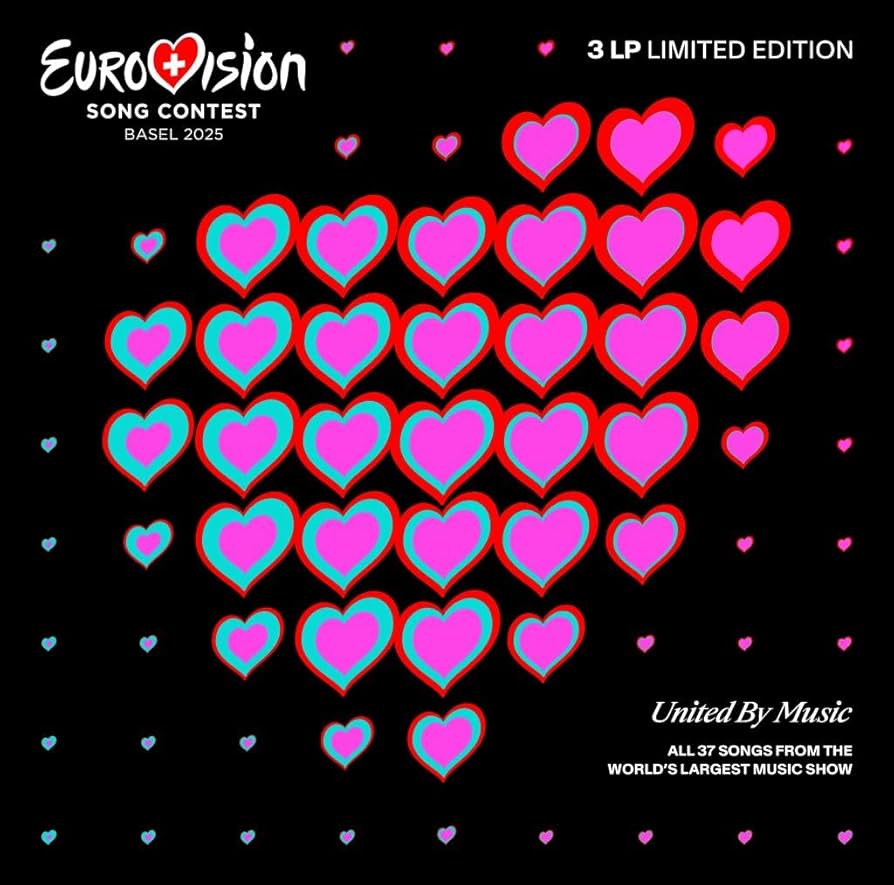Mutineer Music | Episode 4: 2000s Emo
March 12, 2021
While fans of the genre and the culture curated from it may say that “it’s not just a phase,” the explosion of emo into mainstream music was as brief as it was extraordinary. This is not to say that the genre and culture of emo have not remained deeply rooted within popular culture, rather that it has since become less prominent since its peak in the early 2000s. Despite this drop in popularity, plenty of emo bands have hit songs that dominate the airwaves to this day, and many with millions of streams on music platforms.
The word “Emo,” when used to describe the genre of music and the subculture that formed from the genre’s popularity, stands for “Emotive hardcore.” This phrasing stems from emo’s parent genres, hardcore punk and post hardcore. When mixed together with often poignant lyricism and delivery, they form the sub genre of emo.
The ground zero of emo is stated to be Washington DC in 1983, following the breakup of hardcore punk band Minor Threat. Following this break up, a new punk band by the name of Rites of Spring was formed featuring singer Guy Charles Picciotto, a singer best known for his work in the punk band Fugazi. This new band held many of the familiar cards of punk, with important differences. Rites of Spring placed a heavy emphasis on the deliverance of their lyrics, with Guy Charles Picciotto letting his emotion run wild throughout the bands songs, often bringing him to the point of fatigue during their more intense choruses. This raw, unguarded emotion created a new sound that bands quickly jumped onto during the summer of 1985, which is often referred to as “Revolution Summer.”
Following revolution summer, the 90s became host to a range of popular hardcore punk bands such as Cap N Jazz, The Get Up Kids and Jimmy Eat World, whose harsh vocals, emotional lyrics and overall emotive sound slowly shifted from hardcore punk into the sub genre of emo. Though these bands were popular in their time, it wouldn’t be until the end of this ever-shifting decade of music that emo’s true rise to fame would occur, spawning the often chastised but nonetheless incredibly important and prominent emo subculture.
In the early 2000s, emo’s slow build throughout the east coast absolutely exploded into the mainstream sound with the likes of hip-hop and pop. Bands such as Fall Out Boy, Panic! At the Disco, Paramore and My Chemical Romance found their monumental fame during this decade. Whether it was the dark eyeliner, blacked out clothing, angsty undertones of teenage rebellion or a combination of all that and then some, the genre of emo found its way into the hearts of millions across the United States. Suddenly an entire population that previously had nowhere to go when it came to expressing themselves had an outlet in these bands that held nothing back from their audiences. Few genres can say that they have had such a cult-like fanbase of listeners who hold the music so dear to their hearts, and this is thanks to that crucial element that makes emo different—the emotion itself.
While the music world is no stranger to artists revealing their innermost sentiments, rarely has an entire genre been able to capitalize on freeing oneself from societal acceptance barriers in order to dig deep into their own psyche. This weakness and vulnerability allowed many to feel connected to the artists in a way that was unavailable to them before. Mixed with this deep feeling of connection was a match lighting a fire under the seat of many who felt disregarded and unheard.
Along with the meteoric rise in popularity of the music genre came the surge of emo/scene culture. Whether directly linked to emo artists or otherwise, the emo subculture dominated large parts of the worlds of fashion, dance and even behavior. Although it’s now often the subject of ridicule, many people today can admit to having gone through an emo phase, as the music genre and subculture have helped a great deal of people deal with vast amounts of emotional distress, usually encountered in their adolescence. As people, we are all weak at points in our lives, often in need of an emotional release. The concept of emo is usually attributed to being exclusively for those of us who feel like outcasts or different from the rest of society, a class of rebels bumbling their way through an often cruel and emotionless world.
We all express ourselves in different ways, and there is no “correct” way to express ourselves to the world. So the next time you hear that all too familiar G note on the piano, remind yourself that it’s okay to enjoy this genre, so let your heart be free—you’ll feel better.
I’ve attached a playlist of some of the most popular/relevant songs from the genre:

































